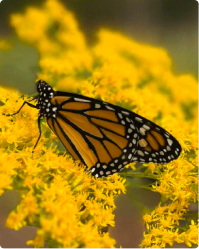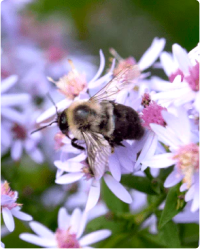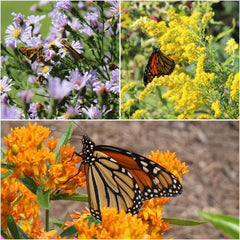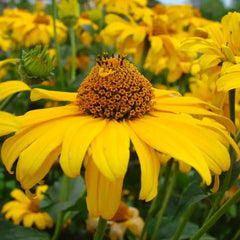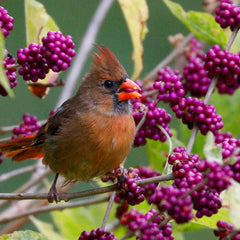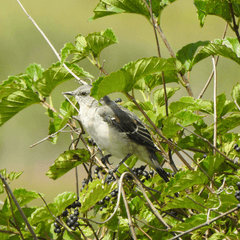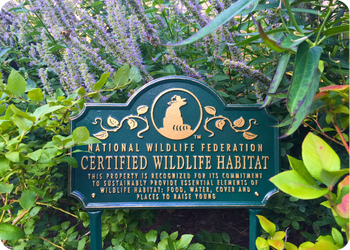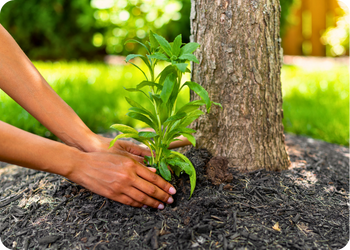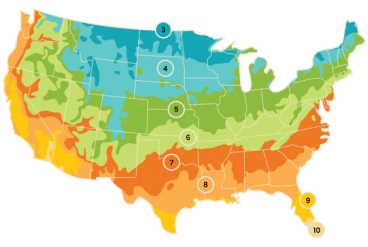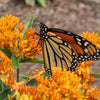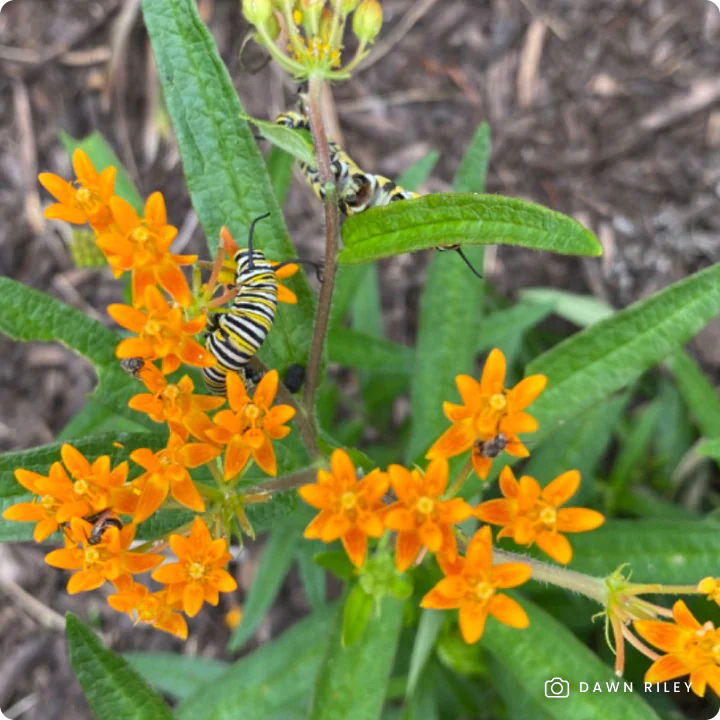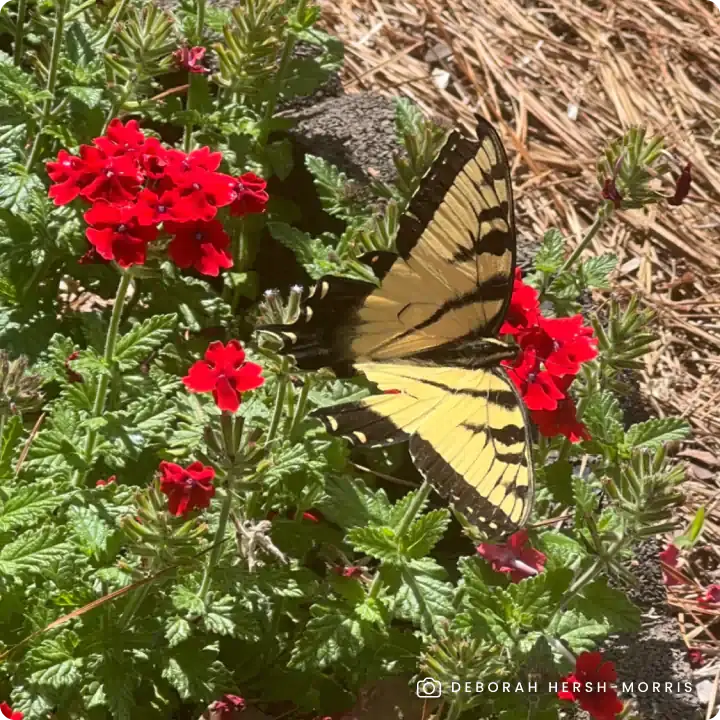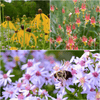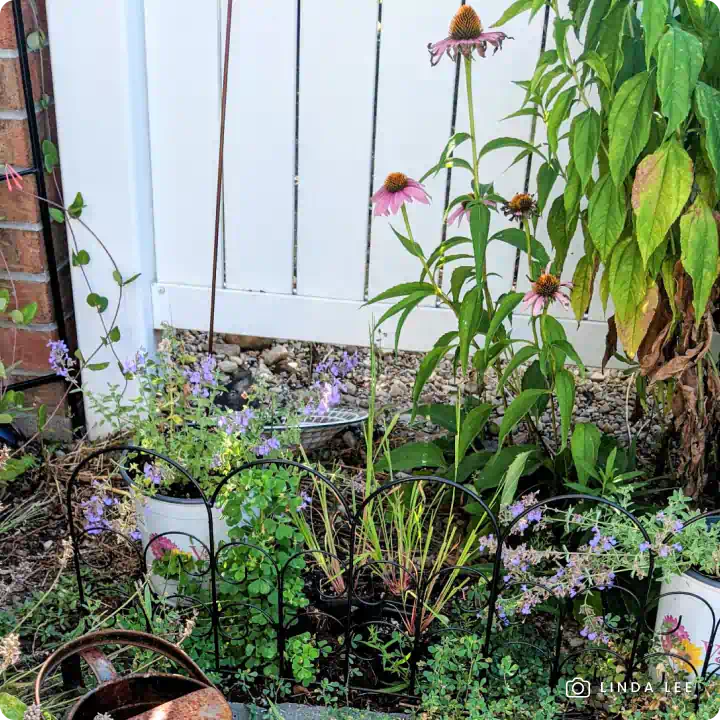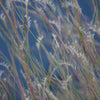Thimbleberry (Rubus parviflorus) is an erect deciduous shrub that adds multi-season beauty and ecological value to the landscape. Related to raspberries and blackberries, this thornless shrub spreads through underground rhizomes to form dense thickets. In spring, large white flowers bloom in showy, fragrant clusters, giving way to edible, raspberry-like red fruits in mid-to-late summer. Its large, maple-like leaves turn brilliant shades of orange and maroon in the fall, providing lasting seasonal interest.
Thimbleberry is an excellent choice for a variety of garden uses, from edible landscapes to informal hedges and erosion control on slopes. While it can tolerate drier conditions, it thrives in moist, well-drained soil in partial shade, making it a great native plant for woodland gardens or shady creek banks.
Why Grow Thimbleberry Shrub?
- Year-Round Beauty: Offers prominent white spring blossoms, edible summer berries, and brilliant fall foliage.
- Pollinator and Wildlife Support: The large flowers attract bees and other pollinators, while the leaves serve as a host plant for numerous butterfly and moth species, including the Yellow-banded Sphinx and Brittania Moth. The berries are a favorite food source for birds and mammals.
- Edible Berries: The tart, raspberry-like fruits can be eaten raw or used to make jams and jellies.
- Thrives in Part Shade: This versatile shrub is a perfect addition to shady forest gardens, woodland edges, and slopes.
- Pollinator-Safe: Grown non-GMO and free of harmful neonicotinoids, promoting a healthy ecosystem for pollinators and wildlife.
Available in a one-gallon container.
Planting Tips
- Location: Prefers part shade to full shade but will be more lush and produce more fruit with more light.
- Watering: Thrives in moist, fertile, and well-drained soils, but tolerates some drier conditions once established. Tolerates brief seasonal flooding but is not suited for consistently wet soils.
- Maintenance: Minimal care required. Thimbleberry will spread via underground rhizomes to form a colony, making it a great option for naturalizing or erosion control on slopes.
For more information on planting, view our How to Plant Your Native Plants guide and other planting tips in the Garden for Wildlife Learning Center.
Add this beautiful, low-maintenance shrub to your garden to enjoy its stunning seasonal display and to provide a valuable food and habitat source for wildlife.
